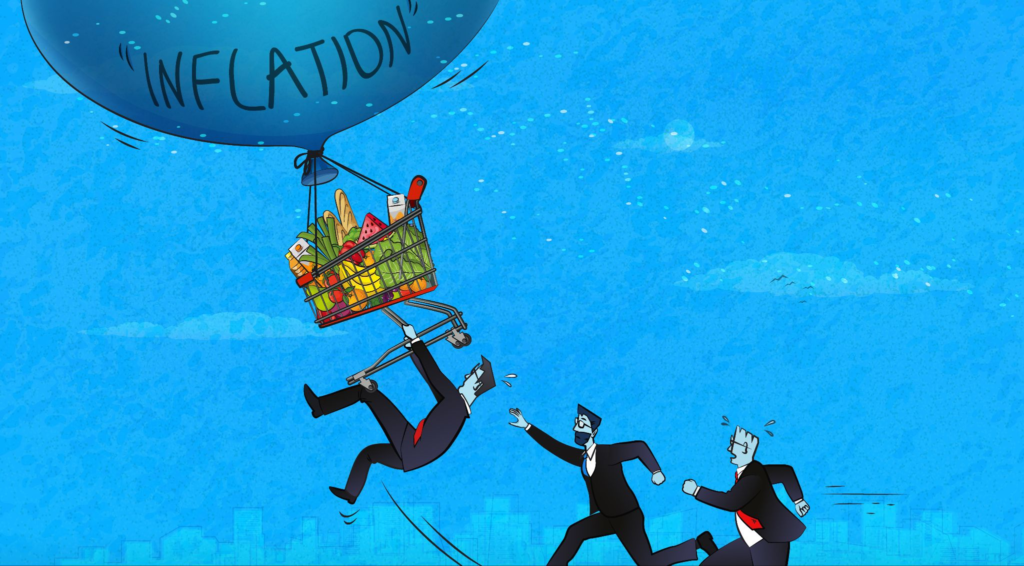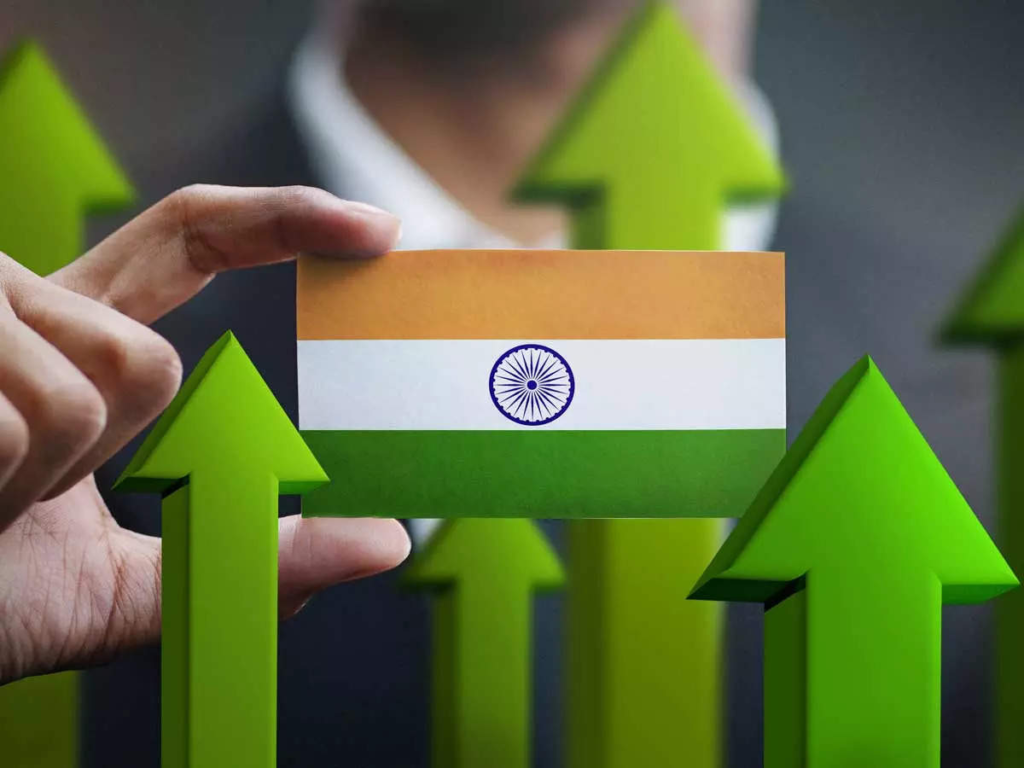Keyword: Inflation and Government

Inflation is a critical indicator of a country’s economic health, and government spending is one of the significant drivers of inflation in India, like in most economies. When the government spends more money than it collects in taxes, it borrows to finance the deficit, leading to an increase in the country’s money supply, which can cause inflation. In addition, government spending can lead to an increase in demand for goods and services, leading to an increase in prices.

The relationship between inflation and government spending in the Indian economy is significant, and understanding it can help policymakers develop effective measures to control inflation and promote sustainable economic growth. This article will explore the historical perspective of government spending and inflation in India, the effects of government spending on inflation, and the Indian government’s efforts to control inflation while striking a balance between government spending and inflation control.
Understanding Inflation and Government Spending

Inflation is the persistent increase in the general price level of goods and services over time. Government spending constitutes a significant portion of the country’s Gross Domestic Product (GDP). The government spends money on various sectors such as healthcare, education, infrastructure, and defense. This spending is usually financed through borrowing, taxes, and printing more money.
The Effects of Government Spending on Inflation
When the government spends more money than it collects in taxes, it has to borrow to finance the deficit. This increases the country’s money supply, which can lead to inflation. Government spending can lead to an increase in demand for goods and services, leading to an increase in prices. For instance, if the government decides to invest in infrastructure projects such as building new roads and bridges, the demand for cement and steel will increase. This increase in demand can lead to an increase in the prices of these commodities, which can lead to inflation.
Historical Perspective on Government Spending and Inflation in India

The Indian government has historically been a significant spender. Government spending has been increasing over the years, leading to an increase in inflation. For instance, during the 2008 financial crisis, the Indian government increased its spending to boost the economy. However, this led to an increase in inflation, which reached a high of 12.9% in August 2008. This prompted the Reserve Bank of India to increase interest rates to control inflation.
The Indian Government’s Efforts to Control Inflation
In recent years, the Indian government has been trying to control inflation by reducing its spending. This has been achieved by reducing subsidies and other government expenditures. For instance, in 2012, the Indian government reduced subsidies on diesel and cooking gas, which led to a reduction in inflation. The government has also been trying to increase its tax collection to finance its spending instead of borrowing. This has helped to reduce the money supply in the economy, which has helped to control inflation.

The Importance of Striking a Balance
While reducing government spending can help to control inflation, it is essential to strike a balance between government spending and inflation control to ensure sustainable economic growth. The government should focus on investing in productive sectors of the economy to boost productivity and reduce inflation. For instance, investing in education and healthcare can lead to an increase in human capital, leading to increased productivity and economic growth.

Conclusion
In conclusion, the relationship between inflation and government spending in the Indian economy is significant. Government spending can lead to an increase in demand for goods and services, which can lead to an increase in prices, leading to inflation. The Indian government has been trying to control inflation by reducing its spending and increasing its tax collection. However, it is essential to strike a balance between government spending and inflation control to ensure sustainable economic growth. The government should focus on investing in productive sectors of the economy to boost productivity and reduce inflation.
Read Other Blogs at CEF Insights













